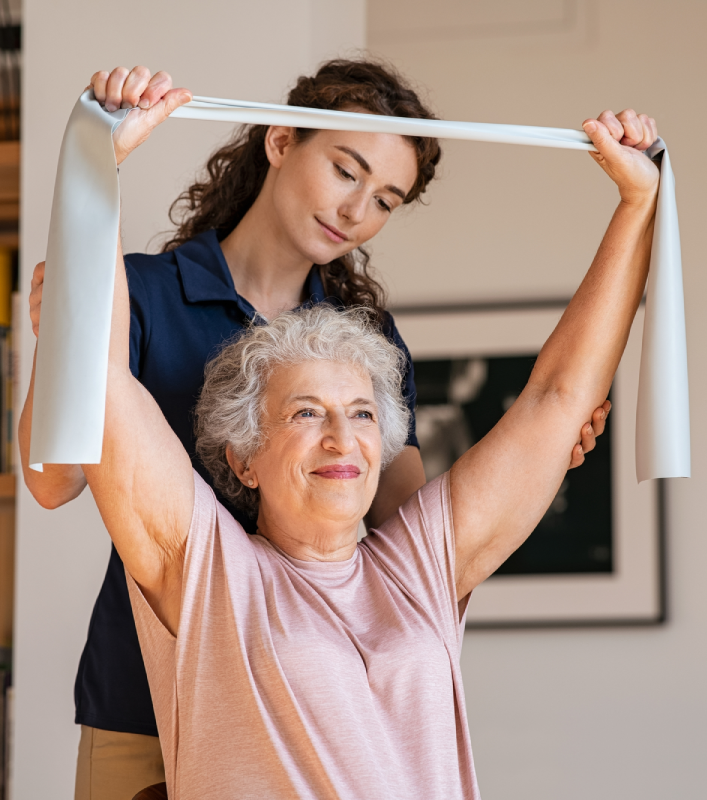Schedule A Tour
Aston Gardens Locations

Living at Aston Gardens
Welcome to the home of award-winning senior living in Florida. Aston Gardens offers exceptional senior living. Our world-class senior living communities feature resort-style amenities and luxurious apartment homes. Our remarkable team members provide concierge-level services, and we offer advanced health and wellness programs for discerning seniors seeking an enriched lifestyle. Explore our website and visit our community pages for a detailed listing of the luxuries, amenities, and professional services we offer. Then contact one of our senior lifestyle counselors and make an appointment for a personal tour. You’ll be impressed from the minute you walk through the door.
Exclusive Lifestyle Programs
Aston Gardens by Discovery Senior Living proudly offers six exclusive senior lifestyle programs, each meticulously designed to improve health and lifestyle quality, reduce stress, and provide a host of modern conveniences.
.png?width=225&height=104&name=Celebrations-Lifestyle-Logo_Blue-300x138%20(1).png)

.png?width=230&height=104&name=Connections-Lifestyle-Logo_Green-300x137%20(1).png)

.png?width=200&height=105&name=Expressions-Lifestyle-Logo_Red-300x158%20(1).png)
